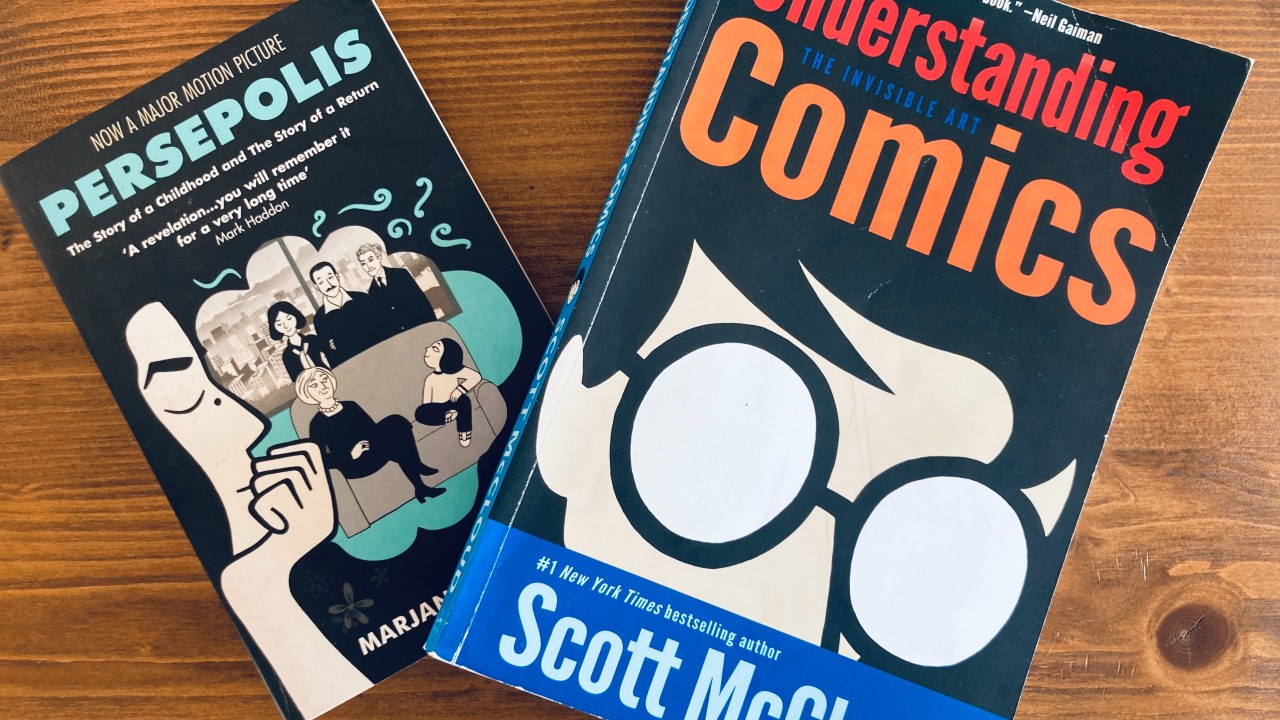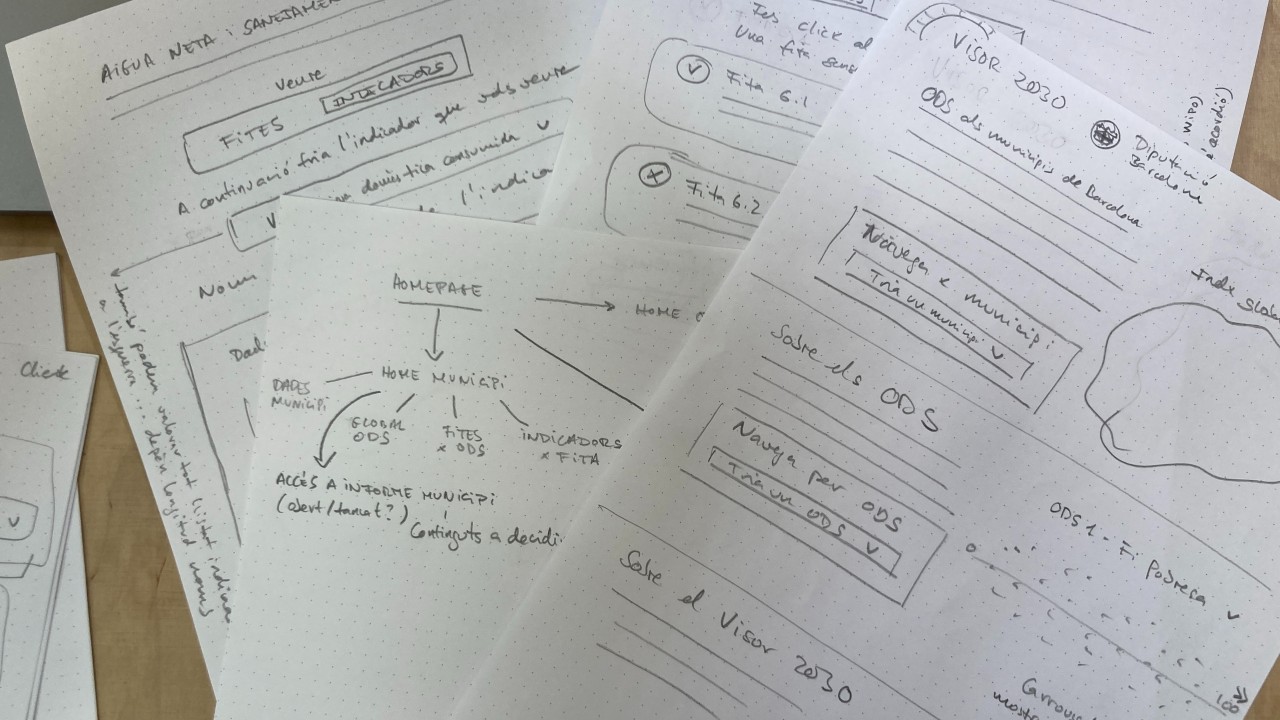Comics and Dataviz
Febrer 05, 2025
What comics are teaching me about data storytelling
A few months ago, I enrolled in a comic scriptwriting course. I wanted to do something creative and different. However, what I’m learning is changing the way I understand my profession: data visualization. In this article, I’ll briefly share some of the lessons I’ve learned.
Conflict
In a script, everything starts with conflict. A character wants something but encounters an obstacle along the way. Little Red Riding Hood needs to visit her sick grandmother, but to do so, she must face the wolf.
Without conflict, there’s no emotion, no tension. Without conflict, there’s no story.
In data visualization, “storytelling” is a popular buzzword, but I believe we rarely think about conflict. We focus on clarity, accuracy, insights… But these ingredients alone aren’t enough to make a story memorable. If we want to create emotion, we need to present a conflict—and resolve it.
Universal Themes
Another essential aspect of a script is connecting with universal themes—love, loss, injustice, resilience,... These themes emotionally engage us with a story because they resonate with our own experiences and values.
Again, I think this is something we often overlook when creating a data-driven story. We present numbers without considering their meaning for real people. This makes it harder for our audience to relate to the data, to feel it as their own.
Visual Language
Finally, in a comic script, visual language is crucial. If you can tell something with images, don’t use text. The goal is to fully leverage the unique creative potential of the medium.
In data visualization, we tend to obsess over choosing the right chart and forget that a powerful image (or visual metaphor) can be far more impactful. In other words, we often assume that the “visual” part of data visualization is limited to designing charts. And this, again, can limit how well we connect with our audience.
For one, because many visualizations end up looking the same, using the same charts and techniques over and over. And because not everyone processes information in the same way.
Conclusion
Thinking that “data storytelling” simply means “telling a story with data” is a good starting point, but it’s not enough. We need to dive deeper into what truly makes a story work. In particular, we should consider elements like conflict, universal themes, and visual language beyond just charts.
Exploring storytelling techniques from other media, such as comics, and understanding the fundamental elements of a compelling story should make us rethink and seek different ways to approach data visualization.

Chief Strategy Officer
El Pere ha fundat OneTandem per dedicar-se al que més li agrada: ajudar a les empreses, organitzacions i persones a transformar dades en coneixement. Compta amb més de 15 anys d’experiència en diferents projectes digitals, i imparteix classes a ESADE, UAB i UPF.



T'ha agradat? Comparteix!